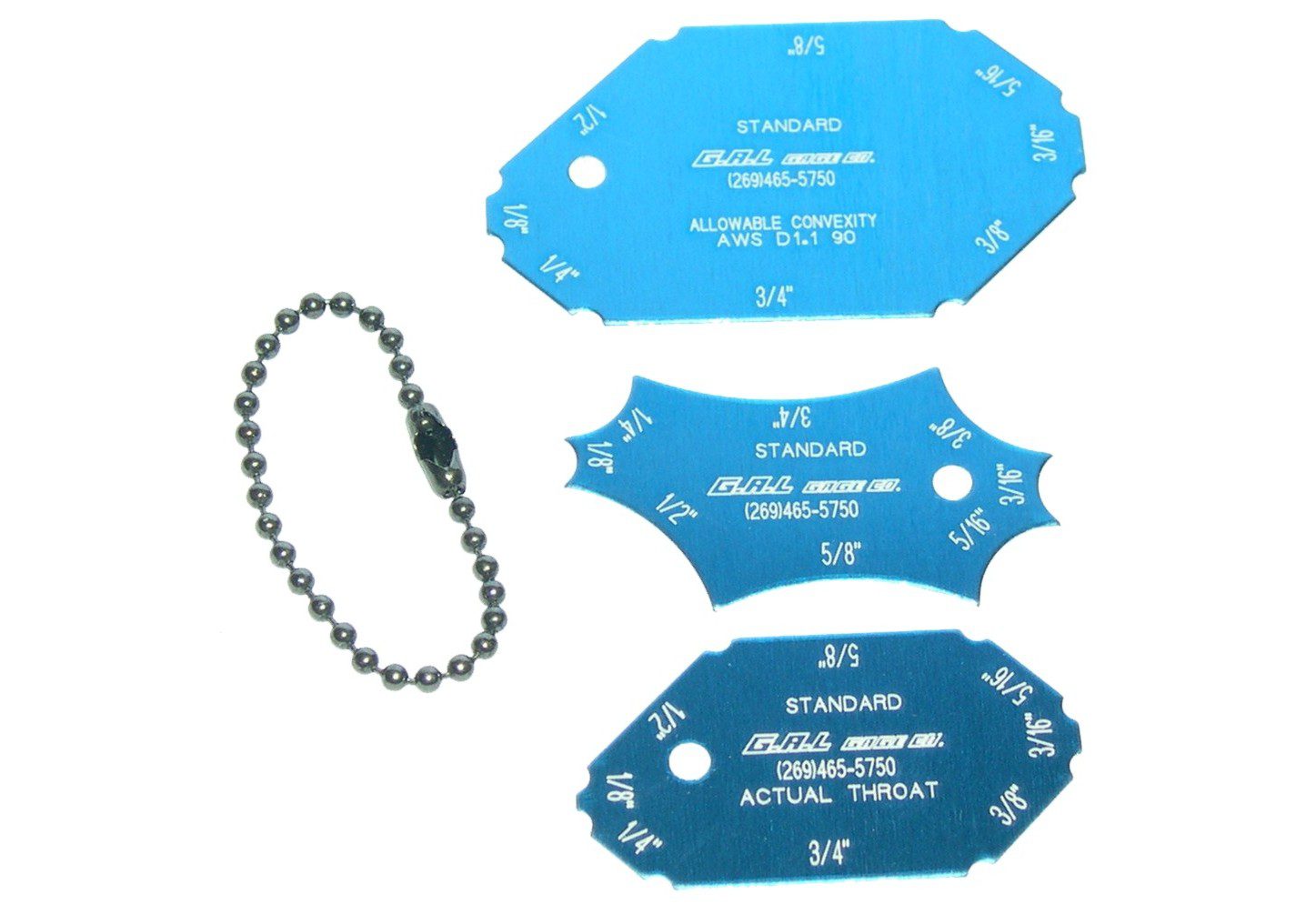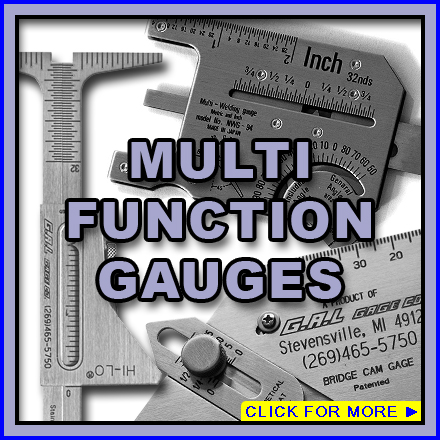Fillet Weld Design Methods: Maximizing Joint Performance and Looks for Structural Honesty
In the realm of architectural engineering and manufacture, the importance of fillet weld layout techniques can not be overemphasized. By meticulously considering elements such as weld profile optimization, material choice, joint prep work methods, welding procedure effectiveness, and aesthetic improvement makers, approaches and designers can attain an unified equilibrium in between performance and appearance in their bonded structures.
Weld Account Optimization


Accomplishing an optimum weld profile involves a careful factor to consider of factors such as material density, joint arrangement, welding position, and desired welding speed. Furthermore, the option of appropriate welding specifications, such as voltage, present, and take a trip rate, is basic in controlling the shape and dimensions of the fillet weld. Using advanced welding techniques, such as pulse welding or robot welding, can even more fine-tune the weld profile to fulfill details layout requirements and high quality standards.
Basically, weld account optimization is a basic aspect of fillet weld design that directly affects the general performance and dependability of bonded joints in structural applications.
Material Option Factors To Consider
When considering material choice for fillet weld layout, the compatibility of the base metals is a critical factor affecting the architectural honesty of the joint. It is essential to choose products that not just bonded with each other successfully however likewise possess similar mechanical homes to guarantee the load is evenly dispersed in between the base and the weld steels. Welding materials with vastly different properties can bring about concerns such as anxiety concentrations, premature joint failing, or fracturing.
Furthermore, the atmosphere in which the welded framework will certainly operate must be considered when choosing materials. Factors like deterioration resistance, temperature level fluctuations, and exposure to chemicals can all influence the durability and performance of the weld joint. By picking materials that are suitable for the desired application and atmosphere, the overall longevity and integrity of the welded joint can be considerably enhanced.
Consequently, extensive consideration of product compatibility and environmental variables is vital in guaranteeing the weld joint's toughness, toughness, and overall architectural integrity.

Joint Preparation Strategies
Thinking review about the vital function material option plays in ensuring the structural honesty of fillet weld joints, it is crucial to apply precise joint prep work methods that enhance the link between the base metals. Joint prep work is a vital action that straight affects the high quality and strength of the weld.
In addition, tack welding the elements in place prior to the last weld assists maintain placement and lessens distortion during the welding procedure. By thoroughly following these joint prep work methods, welders can enhance the total performance and visual appeals of fillet weld joints while making certain architectural stability.
Welding Refine Effectiveness
Effective welding procedures are important for accomplishing optimum productivity and high quality in fillet weld manufacture. Processes like gas metal arc welding (GMAW) and flux-cored arc welding (FCAW) are generally used for fillet welds due to their flexibility and rate.
Routine calibration of welding makers, assessment of consumables, and maintenance of welding lanterns can stop downtime and revamp, eventually conserving time and sources. Well-trained welders are much more skilled at changing specifications, fixing issues, and maintaining consistent weld top quality.
Aesthetic Improvement Techniques
To optimize the quality of fillet weld fabrication, applying aesthetic improvement techniques can play an important function in guaranteeing precision and precision throughout the welding process. Visual improvement approaches include various techniques intended at boosting the appearance and quality of fillet welds. One usual strategy is making use of back purging systems to eliminate oxidation on the behind of the weld, leading to a cleaner, more cosmetically pleasing surface. Furthermore, employing correct illumination arrangements in the Visit This Link welding location can improve visibility, permitting welders to keep an eye on the weld pool and make certain constant bead development. Visual help such as weld dimension evaluates and magnifying lenses can assist in evaluating weld accounts and dimensions accurately. The use of contrasting noting materials or momentary tacking can assist in aligning and placing the workpieces exactly prior to welding. By integrating these aesthetic enhancement approaches into the welding process, welders can attain not only structurally audio fillet welds but likewise aesthetically attractive results that satisfy sector criteria.

Final Thought
Finally, enhancing fillet weld layout entails mindful factor to consider of weld account, product choice, joint preparation, welding process efficiency, and aesthetic improvement methods. By implementing these strategies, structural integrity can be boosted while additionally attaining visual charm. It is very important to focus on both performance and aesthetic appeals in fillet weld style to Going Here guarantee the overall quality and durability of the joint.
By meticulously taking into consideration variables such as weld account optimization, material selection, joint prep work strategies, welding process efficiency, and aesthetic improvement fabricators, designers and techniques can achieve an unified balance in between performance and appearance in their bonded structures.In the world of fillet weld style, optimizing the weld account plays an important role in ensuring architectural integrity and efficiency. The weld profile, which consists of the size and form of the weld cross-section, directly influences the circulation of stress and load-bearing ability within the joint. It is important to pick materials that not just weld with each other efficiently but likewise have similar mechanical properties to make certain the load is equally distributed between the base and the weld metals - Gauge Fillet Weld.In verdict, optimizing fillet weld layout involves cautious factor to consider of weld profile, product selection, joint preparation, welding procedure efficiency, and aesthetic improvement methods